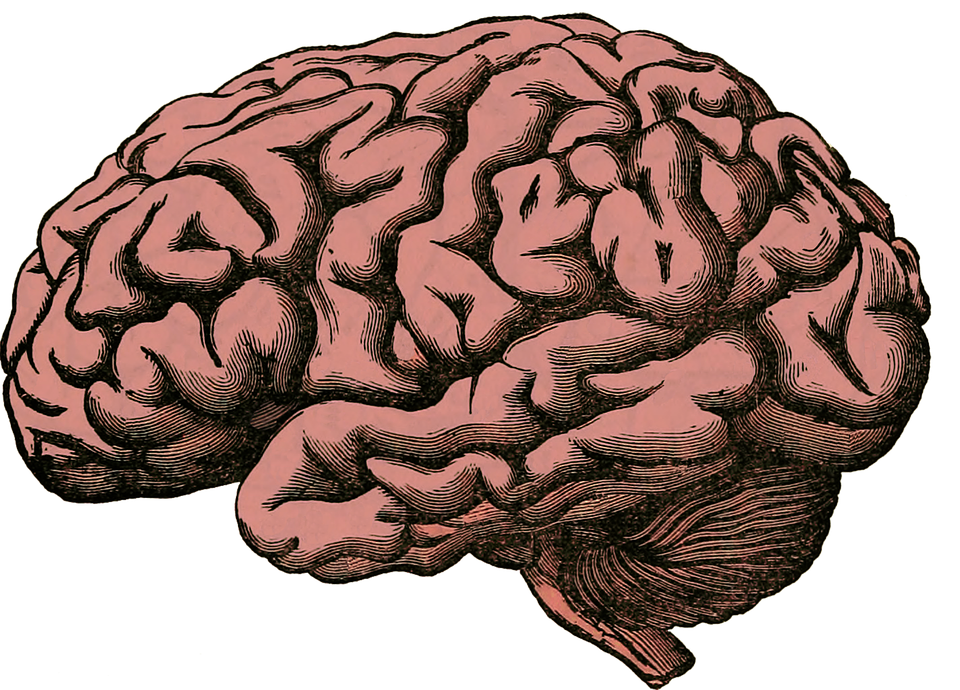Media Release
From: Medical Journal of Australia (MJA)PARKINSON DISEASE: EFFECTIVE TREATMENT REMAINS A CHALLENGE
ALTHOUGH new therapies show promise, effective treatment of non-motor, non-dopaminergic symptoms of Parkinson disease remains a major challenge, according to the authors of a narrative review published online today by the Medical Journal of Australia.
Parkinson disease (PD) is now understood to be a complex neurodegenerative disorder that can present in diverse ways with a combination of motor and non-motor symptoms. Recent changes to clinical diagnostic criteria now include presentations of non-classic signs such as rapid eye movement (REM) sleep behaviour disorder, hyposmia and constipation.
The authors of the review, led by Dr Michael Hayes, a staff specialist at Concord Repatriation General Hospital in Sydney, described newer treatment strategies for both symptom management and neuroprotective or even restorative therapies.
Inhaled levodopa has been approved by the US Food and Drug Administration and has been effective in improving motor function compared with placebo, and subcutaneous forms are being trialled.
“Stem cell transplantation as currently being trialled remains predominantly a symptomatic therapy targeting only limited regions of the brain affected by PD, and will need to be proven to be not only as effective but as safe as currently available device-assisted therapies,” Hayes and colleagues wrote.
“Another restorative option is delivering glial-derived neurotrophic factor to specific brain regions via a novel delivery system. Recent publications report encouraging but inconclusive results in patients with PD.
“A vaccine (PD01A) that produces antibodies to oligomeric α-synuclein has been reported to show proof of principle and there are phase I studies utilising monoclonal antibodies against aggregated α-synuclein, a form of passive immunisation,” they reported.
Repurposing of existing medications is also being investigated. Pharmacotherapies for diabetes mellitus, which is a “modest” risk factor for PD, are being trialled; there is also research being done into Ambroxol, an established drug for the treatment of Gaucher disease, which may act on pathways involved in PD.
“These insights into cellular dysfunction offer a new type of potential treatment, termed substrate reduction therapies,” Hayes and colleagues wrote.
“The inability to effectively treat a range of non-motor, non-dopaminergic symptoms remains a major therapeutic challenge.”


